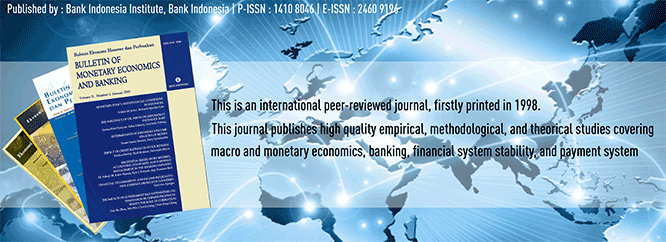
Document Type
Article
Abstract
This paper examines the relationship between bank capital inflows and financial stability. Using a sample of publicly-traded commercial banks in Asia over the 2002-2008 period, our empirical results show that higher banking inflows measured by the share of foreign liabilities in banking reduces systematic risk, but increases bank-specific risk and total risk. A deeper investigation further suggests that an increase in total risk and bank-specific risk is driven by strong institutional development. Specifically, higher foreign liabilities in banking exacerbate bank-specific risk and total risk in countries with greater economic freedom. Hence, the reinforcement of prudential regulations is necessary to overcome bank-specific risk and total risk, particularly when the countries move to a more liberal economic environment.JEL Classification : G21, G28, G38Keywords : Banking Globalization, Economic Freedom, Capital Market Measures of Risk
Recommended Citation
Soedarmono, Wahyoe
(2011)
"BANK CAPITAL INFLOWS, INSTITUTIONAL DEVELOPMENT AND RISK: EVIDENCE FROM PUBLICLY - TRADED BANKS IN ASIA,"
Bulletin of Monetary Economics and Banking: Vol. 14:
No.
2, Article 8.
DOI: https://doi.org/10.21098/bemp.v14i2.82
Available at:
https://bulletin.bmeb-bi.org/bmeb/vol14/iss2/8
First Page
127
Last Page
139
Creative Commons License

This work is licensed under a Creative Commons Attribution-NonCommercial 4.0 International License
Country
France
Affiliation
University of Limoges







